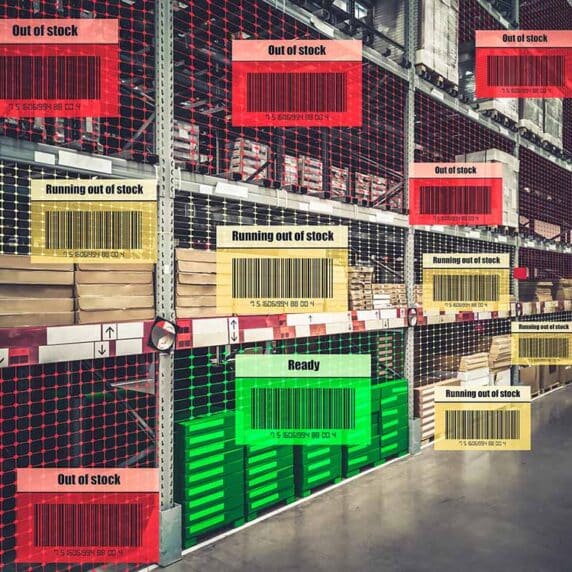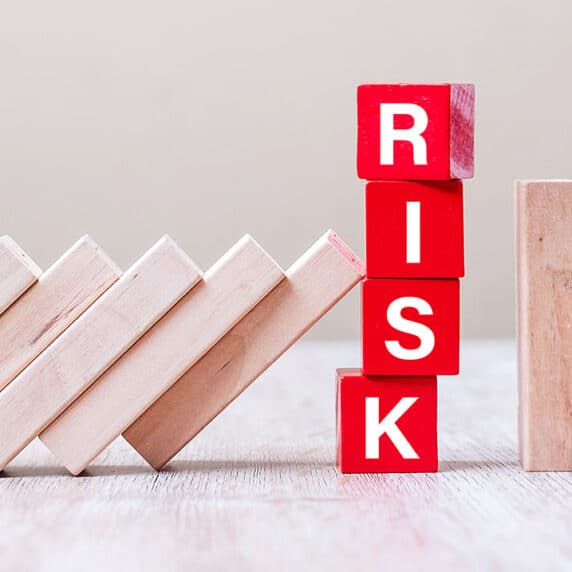Master the Art of Supplier Communication
Summary. Mastering supplier communication is essential in today’s volatile supply chains, where disruptions strike frequently and complexity often spans 50+ suppliers. Even small missteps can cause delays, shortages, rising costs, and dissatisfied customers. To stay ahead, companies need an agile supply chain built on clear, consistent, and technology-driven communication. This blog explores how to set up an effective strategy—from assigning leadership and mapping stakeholders to establishing real-time digital channels that keep information flowing. Discover how advanced supply chain planning software strengthens collaboration, enhances visibility, and ensures your supply chain remains resilient under pressure.
Supply chains have grown far more complicated than ever before. From geopolitical upheavals to extreme weather events, disruptions are bigger, faster, and more frequent. Coupled with growing complexity—sometimes involving 50+ suppliers! —the risk and impact of miscommunication grows exponentially.
Even a small breakdown in supplier communication can cascade into missed deadlines, delayed deliveries, skyrocketing transportation costs, inventory shortages, and frustrated customers. The consequences are severe: declining customer satisfaction, lost revenue, and lasting damage to your brand’s reputation. To navigate these challenges successfully, companies need an agile supply chain that fosters flexibility, speed, and seamless communication.
The Domino Effect of Poor Communication
Imagine a critical supplier unexpectedly extends their lead time, but this vital information fails to reach your planning and execution teams in real time. The result? Your entire production schedule is thrown off course. Delays multiply, customer orders get delayed, and your competitive edge erodes—impacting sales and market position.
This type of miscommunication typically occurs when humans are required to pass along every detail or supply chains are outdated. The good news is that the right processes and technology are out there.
Setting Up your Supplier Communication Strategy for Success
To avoid costly breakdowns, it’s essential to build a solid communication foundation from the outset of every supplier relationship. If this wasn’t done at the start, it’s never too late to put these protocols in place.
Key steps include:
Determine Who’s Leading the Supplier Relationship
Assign a clear leader or point person internally that is responsible for managing the supplier connection. This person ensures consistent communication flow, acts as the liaison between your team and the supplier, and drives accountability for timely and accurate information exchange. Without a designated leader, information can become siloed, increasing the risk of missed updates and decision-making based on inaccurate information.
Identify Key Stakeholders
Start by mapping out the stakeholders involved in managing each supplier relationship. Determine who is responsible for what and understand their roles. Utilizing the RACI matrix can provide clarity by defining:
- Responsible: Those managing the task or process directly
- Accountable: Those owning the outcome and making decisions
- Consulted: Stakeholders who provide input and need to stay informed
- Informed: Those who receive updates but are not actively involved
Keeping this matrix current is critical, as team members and roles can shift over time.

Set Clear Communication Expectations
Clearly define the data you require from suppliers and what information they need from you. Outline preferred communication channels, frequency, and formats. This reduces confusion, aligns expectations, and ensures everyone knows how and when to share updates. Consider questions like:
- What key performance indicators (KPIs) need to be tracked?
- How often should status updates be shared?
- What tools or platforms will be used for communication
It’s essential to consider not only what information suppliers share with you but also what you share with them. Supplier transparency means fewer surprises—they can flag what’s available and when, before issues arise.
Establish Technology-Driven, Reliable Communication Path
Choose digital supply chain planning technology that supports seamless two-way communication, real-time status updates, and easy access to critical data like part numbers and order identifiers. This also allows you to share updates with your suppliers quickly—especially important during major disruptions, when getting ahead of the competition can make all the difference.
While manual communication methods such as phone calls and monthly meetings remain valuable for relationship building and a chance to dive deeper, modern supply chains require real-time information sharing to keep pace with rapid changes. To make the best decisions, up-to-date information is required.
How the Right Planning Software Changes the Game
According to a McKinsey report that looked at how COVID-19 reshaped supply chains, the success of an organization’s planning was strongly linked to its use of modern digital tools, particularly advanced analytics. Companies that successfully managed this major disruption were 2.5 times more likely to report effective use of these technologies compared to their peers.
In times of disruption—or even during day-to-day operations—AI-powered supply chain planning software makes it easier to:
- Gain deeper insights into what’s happening and when
- Improve forecast accuracy and demand visibility (critical information you can share regularly with suppliers during check-ins)
- Adjust plans dynamically based on real-time data
- Instantly share critical updates across suppliers and internal teams
Conclusion: Communication Is Your Competitive Advantage
Effective supplier communication builds resilient partnerships that fuel long-term success.
When suppliers clearly understand your needs and you receive timely updates from them, you can fulfill orders more reliably, deliver on time, and keep inventory levels optimized. This consistency not only safeguards your brand’s reputation but also deepens customer loyalty, while giving you the confidence to deliver your promise and maintain a truly agile, resilient supply chain.
FAQ
To effectively manage industrial shortages, manufacturers should adopt the following strategic practices that combine technology, collaboration, and foresight:
1. How can improving supplier communication make my supply chain more agile and resilient?
Strengthening supplier communication ensures that important updates—like changes in lead times or production capabilities—are captured. This helps your organization respond faster to disruptions, reduce delays, and avoid costly errors. When combined with digital supply chain planning tools like ToolsGroup, clear communication supports flexibility, faster decision-making, and the ability to deliver your promise.
2. How does better supplier communication impact customer satisfaction?
Strong supplier communication reduces the risk of miscommunication that can lead to delays, shortages, and unexpected costs—all of which directly affect your customers. When suppliers have visibility into your needs and you get real-time updates from them, you can fulfill orders more reliably, deliver on time, and keep inventory levels optimized. This consistency not only protects your brand’s reputation but also builds customer loyalty.
With clear visibility both ways, you can fulfill orders on time, keep inventory balanced, and maintain reliability. This strengthens your brand, builds customer loyalty, and creates a truly agile, resilient supply chain.
3. What are the key steps to creating an effective supplier communication strategy?
Some key steps to take to create an effective supplier communication strategy includes assigning a clear internal lead for each supplier relationship, mapping out stakeholders, and setting expectations for data exchange, frequency, and communication channels. ToolsGroup provides a unified solution where real-time information informs more informed decisions.
4. How can technology help maintain strong supplier communication during disruptions?
Modern supply chain planning software enables real-time, two-way communication, so you have better insight into supplier capabilities, lead times, and inventory levels. AI-powered tools can also quickly analyze disruptions—like weather events, geopolitical issues, or demand spikes—and automatically update plans. This ensures you can make informed decisions quickly, share updates with suppliers faster than your competitors, enable quicker supplier responses, and keep your supply chain agile and resilient under pressure.







